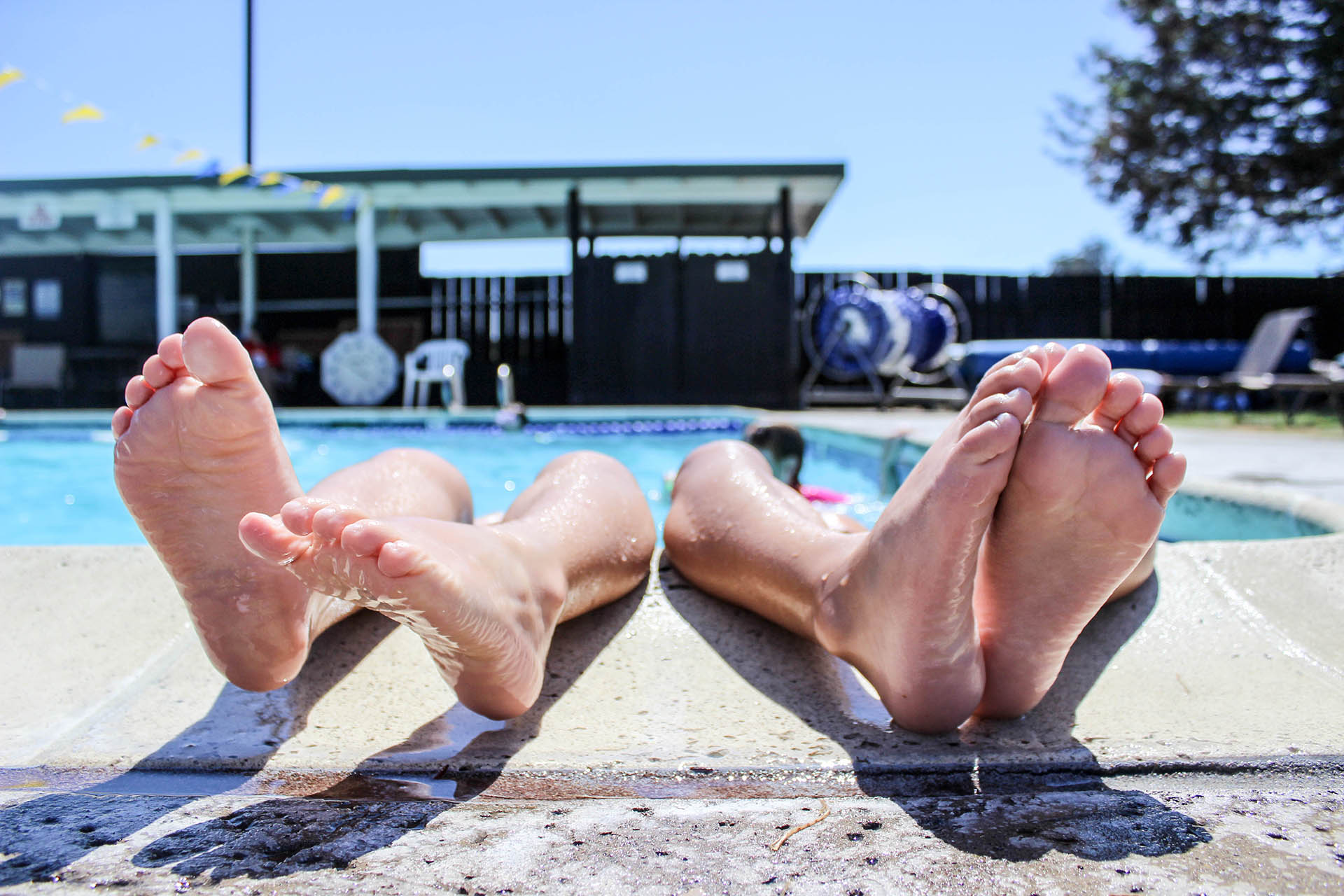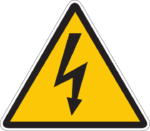Swimming pools should always be happy places. Unfortunately, each year thousands of American families confront swimming pool tragedies, drowning’s and near-drowning’s of young children. These tragedies are preventable. These are guidelines for pool barriers that can help prevent most submersion incidents involving young children. This designed for use by owners, purchasers, and builders of residential pools, spas, and hot tubs. These guidelines are not intended as the sole method to minimize pool drowning of young children, just helpful safety tips for safer pools.
Each year, hundreds of young children die and thousands come close to death due to submersion in residential swimming pools. CPSC has estimated that each year about 300 children under 5 years old drown in swimming pools. Hospital emergency room treatment is required for more than 2,000 children under 5 years of age who were submerged in residential pools. CPSC did an extensive study of swimming pool accidents, both fatal drowning’s and near-fatal submersions, in California, Arizona and Florida, states in which home swimming pools are very popular and in use during much of the year.
- In California, Arizona and Florida, drowning was the leading cause of accidental death in and around the home for children under the age of 5 years.
- 75 percent of the children involved in swimming pool submersion or drowning accidents were between 1 and 3 years old.
- Boys between 1 and 3 years old were the most likely victims of fatal drowning’s and near-fatal submersions in residential swimming pools.
- Most of the victims were being supervised by one or both parents when the swimming pool accident occurred.
- Nearly half of the child victims were last seen in the house before the pool accident occurred. In addition, 23 percent of the accident victims were last seen on the porch or patio, or in the yard.
- This means that fully 69 percent of the children who became victims in swimming pool accidents were not expected to be in or at the pool, but were found drowned or submerged in the water.
- 65 percent of the accidents occurred in a pool owned by the victim’s immediate family, and 33 percent of the accidents occurred in pools owned by relatives or friends.
- Fewer than 2 percent of the pool accidents were a result of children trespassing on property where they didn’t live or belong.
- 77 percent of the swimming pool accident victims had been missing for five minutes or less when they were found in the pool drowned or submerged.
The speed with which swimming pool drowning’s and submersions can occur is a special concern: by the time a child’s absence is noted, the child may have drowned. Anyone who has cared for a toddler knows how fast young children can move. Toddlers are inquisitive and impulsive and lack a realistic sense of danger. These behaviors, coupled with a child’s ability to move quickly and unpredictably make swimming pools particularly hazardous for households with young children.
Swimming pool drowning’s of young children have another particularly insidious feature: these are silent deaths. It is unlikely that splashing or screaming will occur to alert a parent or caregiver that a child is in trouble. The best way to reduce child drowning’s in residential pools was for pool owners to construct and maintain barriers that would prevent young children from gaining access to pools. However, there are no substitutes for diligent supervision.
Why the Swimming Pool Guidelines Were Developed
Young child can get over a pool barrier if the barrier is too low or if the barrier has handholds or footholds for a child to use when climbing. The guidelines recommend that the top of a pool barrier be at least 48 inches above grade, measured on the side of the barrier which faces away from the swimming pool. Eliminating handholds and footholds and minimizing the size of openings in a barrier’s construction.
For a solid barrier no indentations or protrusions should be present, other than normal construction tolerances and masonry joints. For a barrier (fence) made up of horizontal and vertical members if the distance between the tops of the horizontal members is less than 45 inches, the horizontal members should be on the swimming pool side of the fence. The spacing of the vertical members should not exceed 1-3/4 inches. This size is based on the foot width of a young child and is intended to reduce the potential for a child to gain a foothold. If there are any decorative cutouts in the fence, the space within the cutouts should not exceed 1-3/4 inches.
The definition of pool includes spas and hot tubs. The swimming pool barrier guidelines therefore apply to these structures as well as to conventional swimming pools. – Be sure to read Pt. II for more safety information.





